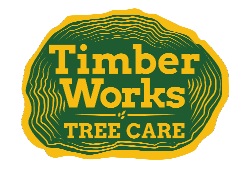Virginia Insect & Arthropod Pests: Hemlock Woolly Adelgid
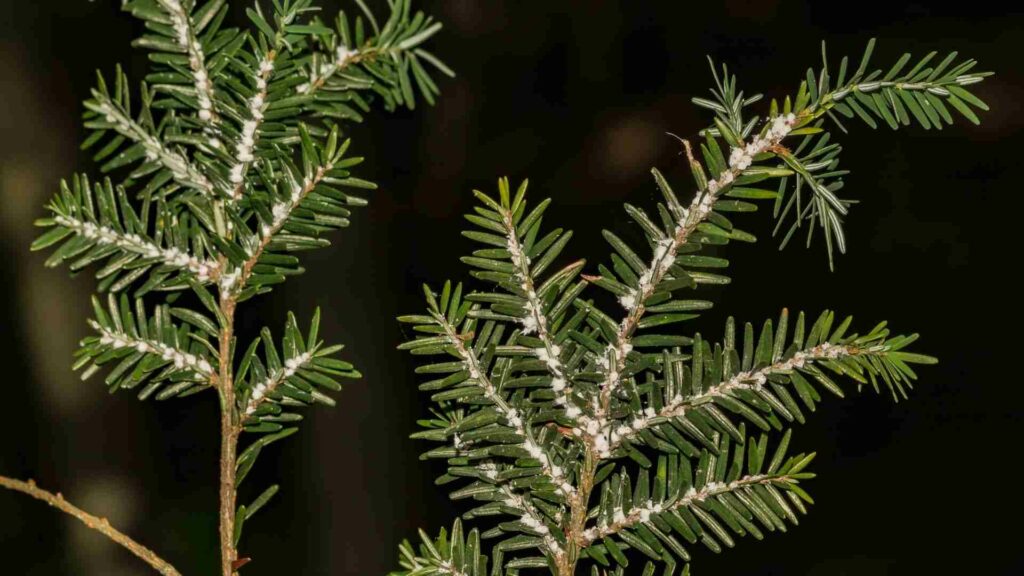
Dead limbs and diminished growth are disconcerting signs for any tree. Should a “woolly” substance also appear on it, property owners might fear the worst for their tree. This combination of symptoms often indicates a hemlock woolly adelgid infestation. Nevertheless, proper identification and personalized tree care can prevent you from ending up with a dying […]
Virginia Tree Diseases: Phytophthora Root Rot
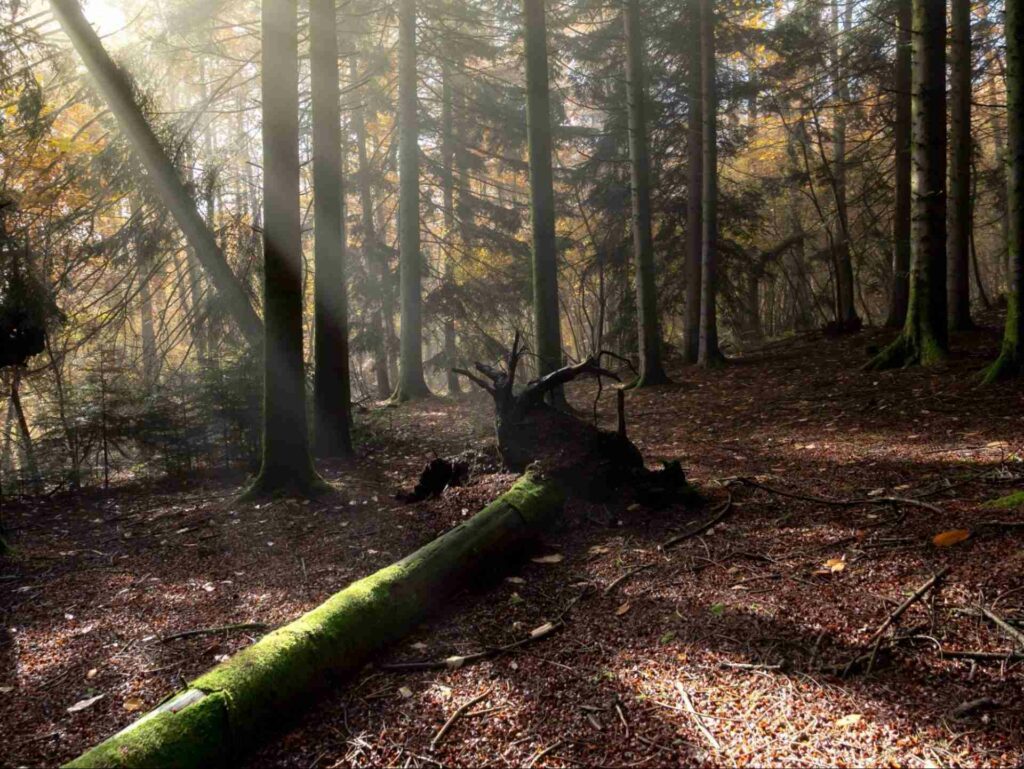
Root rot is an insidious disease that affects trees in a slow, creeping manner. Moreover, Virginia’s hot, humid summers and forested environs create an ideal climate for Phytophthora root rot. Thus, you should study what this condition entails, how it spreads from tree to tree, and how you can save afflicted trees. Turn to your […]
Tree Discoloration
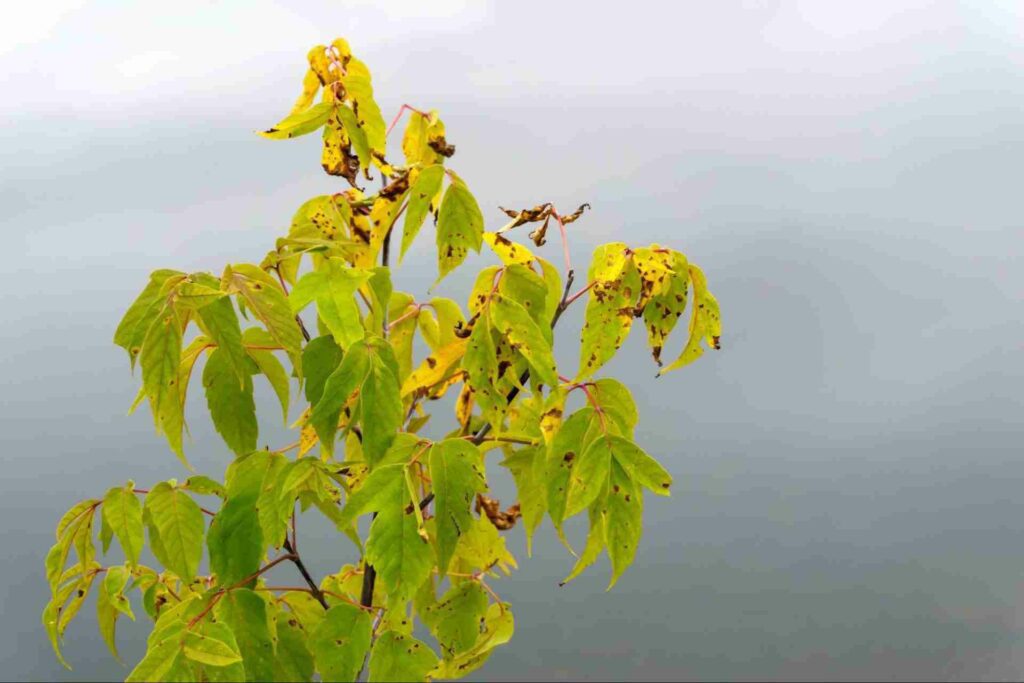
Anyone with trees on their property should learn about the causes of tree discolorations. They often arise from a wound that has become infected and started decaying. While tree decay is a natural process, it can become a safety hazard for people, property, and other trees. So, protect your property by studying what causes tree […]
What to do with Storm-Damaged Trees
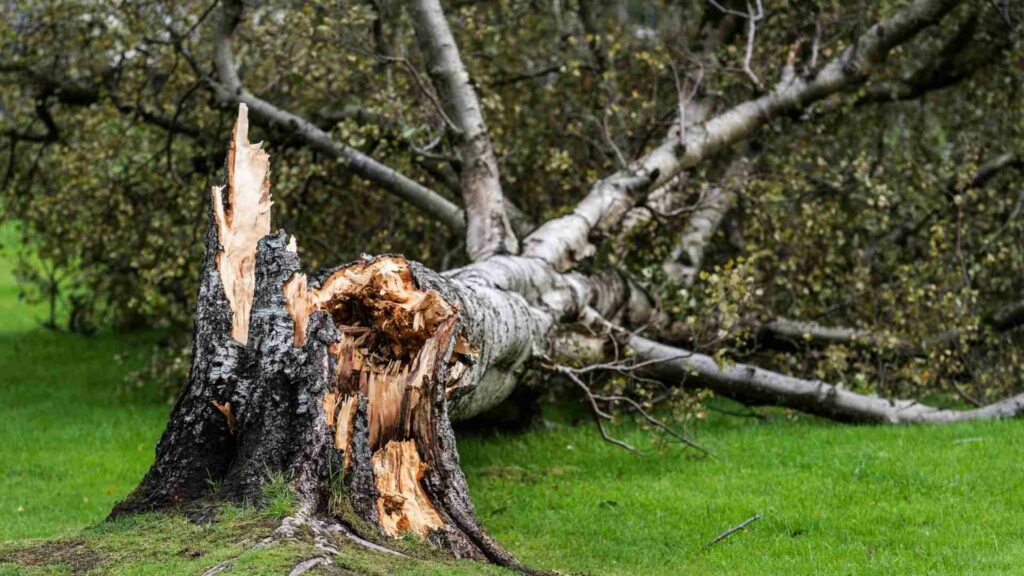
Storm-damaged trees present multiple hazards, so professionals alone should approach them. If you have storm-damaged trees on your property, we recommend turning to professional stump grinding experts for inspection and potential removal. They can also take specific steps to prevent future storms from damaging trees. In this way, a certified and experienced tree removal crew’s […]
Precision Tree Felling
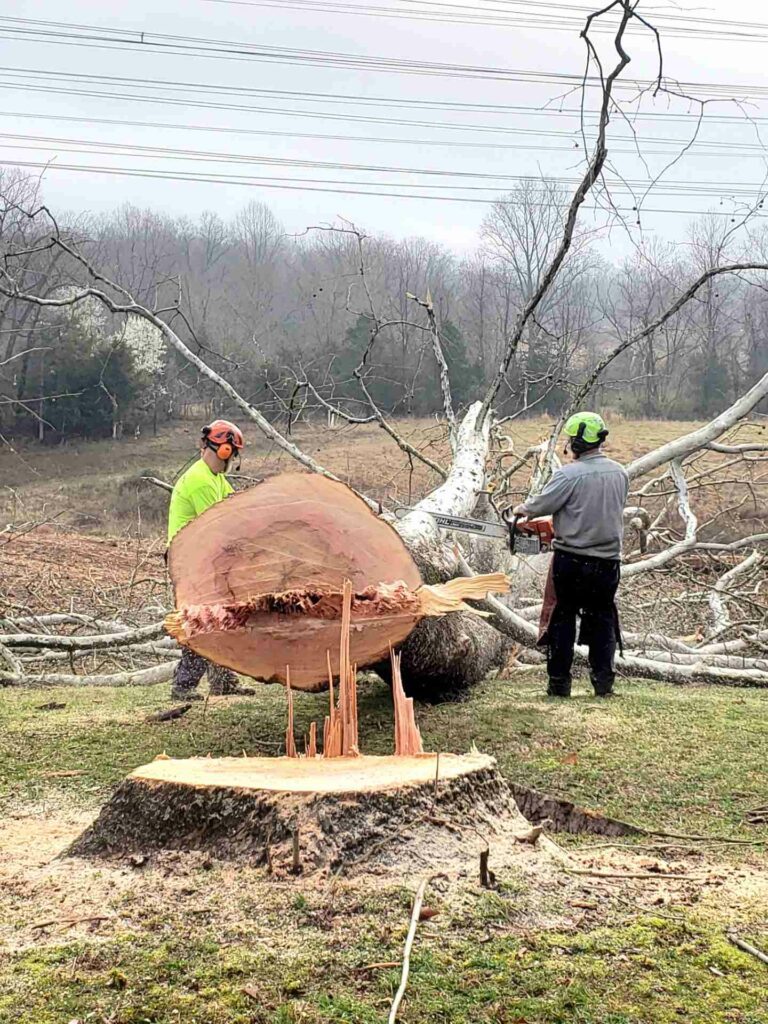
‘Precision fells’—better understood as ‘tree felling’—is not an everyday term, but it refers to a common practice in the tree care industry. The process’s use in landscape adjustments, professional equipment requirements, and circumstantial factors justify a detailed explanation. But no matter what, you should seek your dead tree removal provider if you require a precision […]
Spikeless Climbs
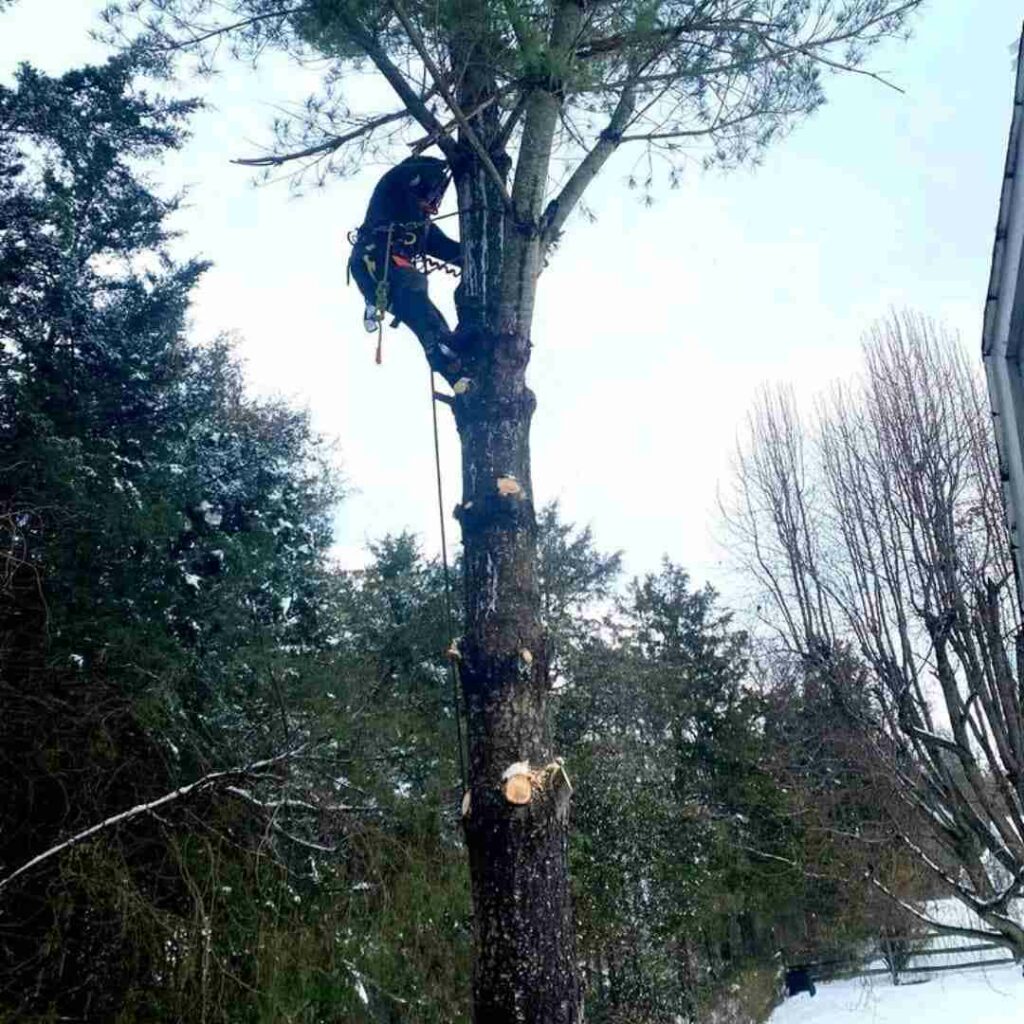
How does your tree service provider climb trees to deliver their services? Many depend on spikes—made of sharpened steel—attached to their legs or boots. However, those spikes can damage and kill the trees that your provider is nominally helping. If you want to support your tree’s survival, you should hire a service provider that specializes […]
Does Insurance Cover Tree Removal Services?
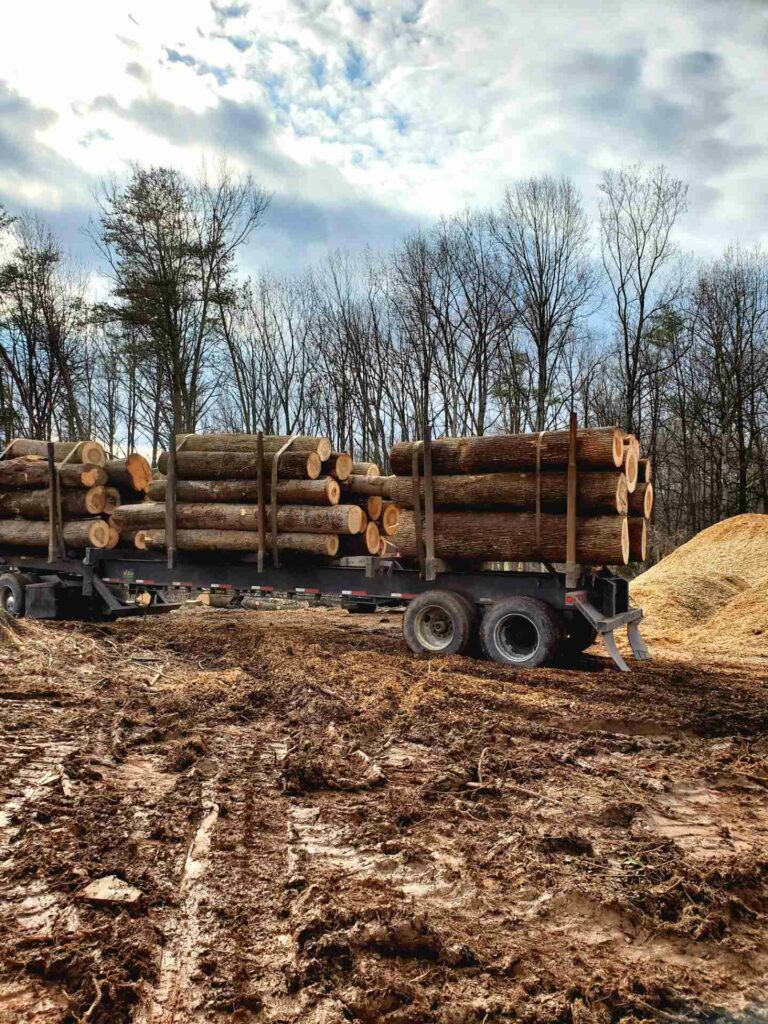
Should an emergency event strike your home, you would probably want to know right away if your homeowners’ insurance covers your needs. For instance, if a tree on your property falls during a storm, does your insurance cover its removal cost? The answer depends on several factors: the exact cause of the fall, the damage […]
Why is my Tree Shedding its Bark?
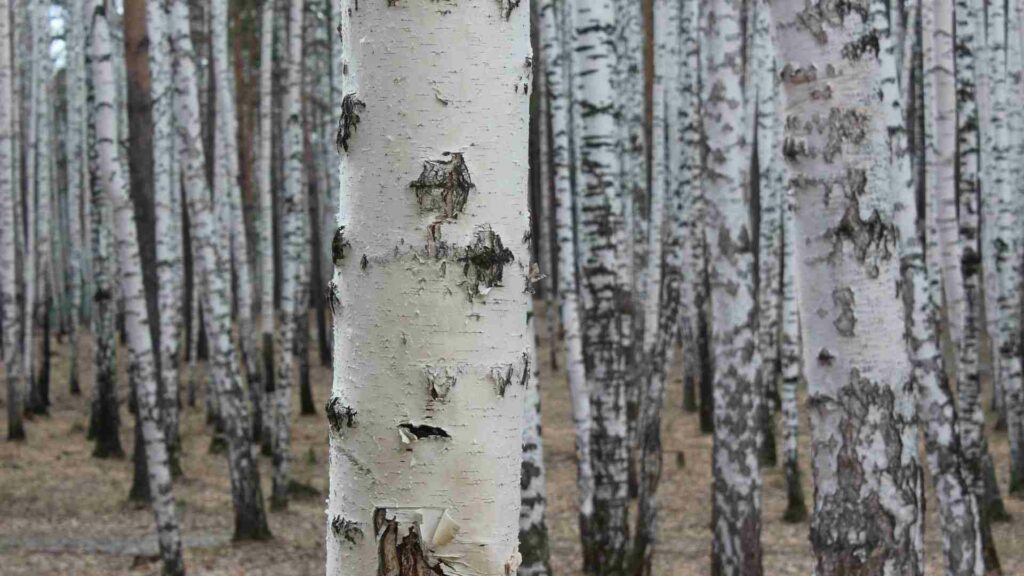
We have a lot more in common with trees than you might expect. For instance, bark falls from trees like skin cells fall off people. But trees that demonstrate several unhealthy symptoms and shed bark excessively may have a health problem or disease. Normal growth, extreme weather, insufficient moisture, and disease/decay can all cause unhealthy […]
What is the Best Equipment to Clear Land?

A proper land clearing service requires all sorts of heavy equipment. While some people might rent such machinery to try clearing their land themselves, you should hire professional land clearing experts who own and regularly operate their equipment. Doing so ensures your land clearing project is safe and efficient. At Timber Works Tree Care, we […]
How Big of a Tree Can a Forestry Mulcher Handle?
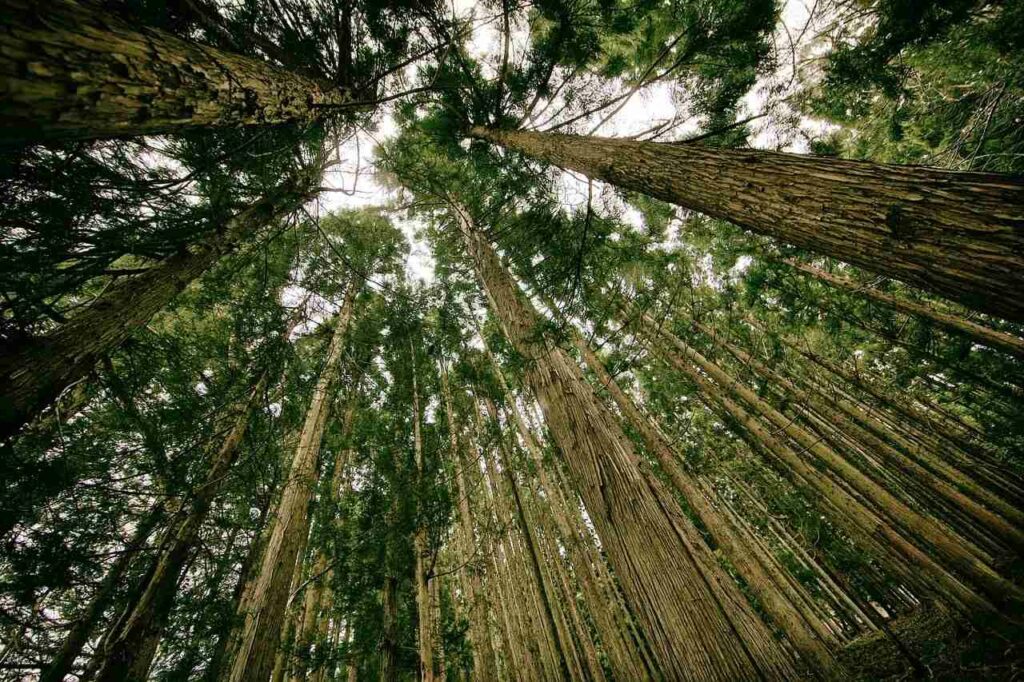
Mulchers, also called masticators and brush cutters, are machines designed to reduce plant matter into mulch. Depending on its design, a mulcher can efficiently handle brush, tree limbs, or trees up to 6-8 inches in diameter. But you need not rent one of these machines yourself: call your local tree care provider for professional forestry […]
